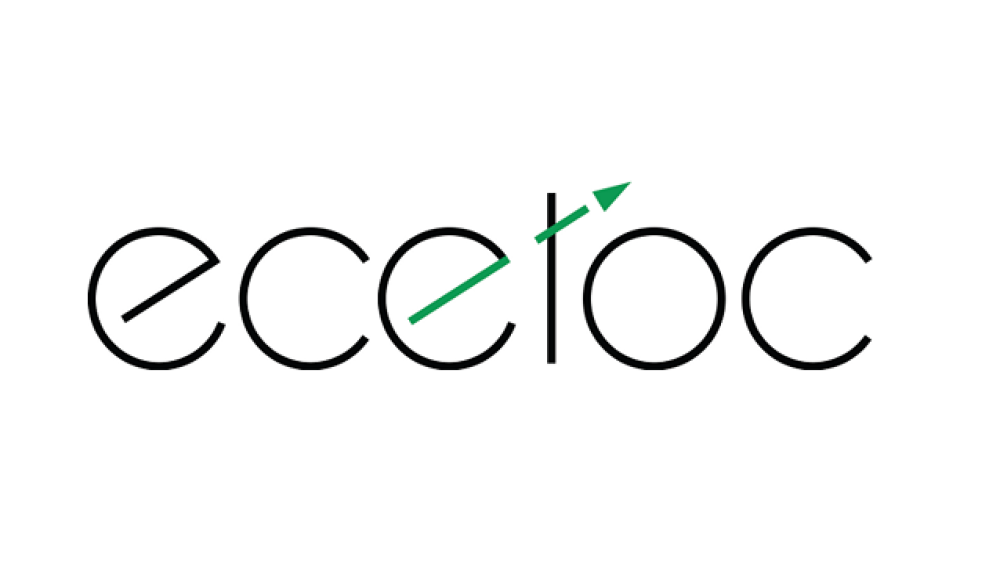Guidance for dose selection in DART studies to refine and reduce animal use

A new paper makes recommendations for dose selection in developmental and reproductive toxicity studies to avoid unnecessary animal suffering, reduce animal use and maintain the highest standards of human health protection.
Developmental and reproductive toxicity (DART) studies assess the potential effects of new chemicals on adult fertility and sexual behaviour, embryo implantation and the development of the foetus. They are part of a suite of tests required by regulatory authorities to assure the safety of new chemicals and drugs. Typically, pregnant rats and rabbits are exposed to compounds and monitored for signs of toxicity before undergoing caesarean section to examine effects on the reproductive organs and developing foetuses.
Clear guidance on deciding what doses of the compound to test (termed dose setting) in DART studies is critical, particularly for the highest dose tested, in order to safeguard welfare standards for the large numbers of animals used with around 2,500 per substance tested. Appropriate dose setting is also important for human health protection, as risk assessment should be based on both the properties of a chemical (the hazard) and the level and conditions of exposure to that chemical (the risk). The Organisation for Economic Co-operation and Development (OECD) provides guidelines for DART testing for chemicals but there is a lack of clarity particularly for the selection of the highest dose tested. To offer further analysis and guidance, ECETOC, the Centre for Chemical Safety Assessment, gathered a team of experts from governments, academia and industry, including NC3Rs Head of Toxicology Dr Fiona Sewell. A new paper from the dose setting ECETOC task force advocates for a scientific approach that considers a range of factors to avoid exposing animals to unnecessarily high doses.
Read the paper: Considerations for the Development of Guidance on Dose Level Selection for Developmental and Reproductive Toxicity Studies.
"DART studies in animals are uniquely vulnerable to high dose-induced toxicity, which can yield findings irrelevant to human exposures and cause unnecessary animal suffering. This paper provides researchers with guidance on a science-driven approach to inform dose selection in these studies, to reduce and refine animal use and ensure meaningful, human-relevant data is generated.”
Dr Fiona Sewell, NC3Rs Head of Toxicology, co-author of the paper.
In 2022, the European Chemicals Agency issued advice that DART studies should test the ‘highest possible dose’ that induces clear evidence of reproductive toxicity without excessive toxicity and severe suffering in parental animals. The ECETOC task force highlight that this is not aligned with OECD test guidelines which advise that ‘appropriately high dose levels’ are used that induce 'some' developmental or systemic toxicity, nor is it aligned with guidance on the use of humane endpoints. Excessively high doses can lead to death of the animal, meaning reproductive effects cannot be assessed, or they overwhelm normal physiology and cause irrelevant effects that make results difficult to interpret. Careful biologically and scientifically informed selection of the highest dose tested in DART studies prevents unnecessary animal suffering and additional testing in animals, and ensures studies produce relevant and meaningful data on the risk to human health.
Find out more about the NC3Rs work in dose selection and exposure science to refine and reduce animal use in toxicity testing.
Whilst animals continue to be required for toxicology and regulatory testing it is important to refine these studies to minimise pain, suffering and distress to animals, and reduce the number of animals involved. The NC3Rs has made significant investment in the development and application of New Approach Methodologies (NAMs) to replace the use of animals to assess chemical or drug toxicity. You can find links to some of our work in this space below:
- NAMs Network – A community of researchers, developers and industry and regulatory end-users working together to accelerate the use of NAMs.
- NAMs in toxicology – Our programme of work to increase confidence in the use and application of NAMs for regulatory decision making.
- Replacements in DART testing – Projects in our portfolio to replace the use of animals in DART studies, including the use of zebrafish embryos, 3D cell cultures, nematode worms, social amoeba and computational approaches.
- Virtual Second Species – Our CRACK IT Challenge to develop a ‘Virtual Dog’ that replaces the use of dogs in chronic toxicity studies.
- Animal research debate in UK Parliament – A blog from NC3Rs Chief Executive Dr Vicky Robinson on the NC3Rs work to address the use of dogs and replace the use of animals in toxicity testing, the subject of recent petitions debated in Parliament.
